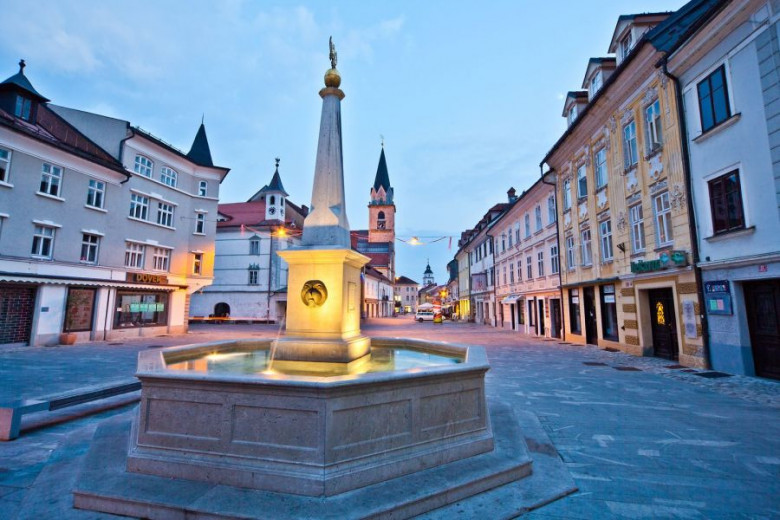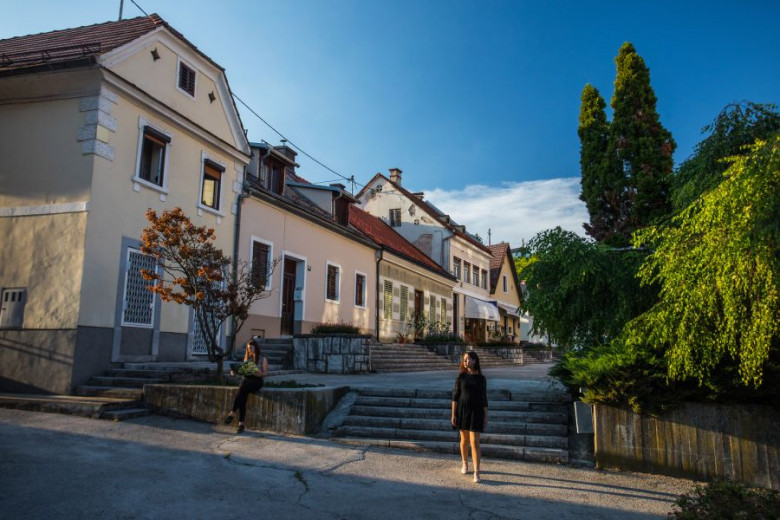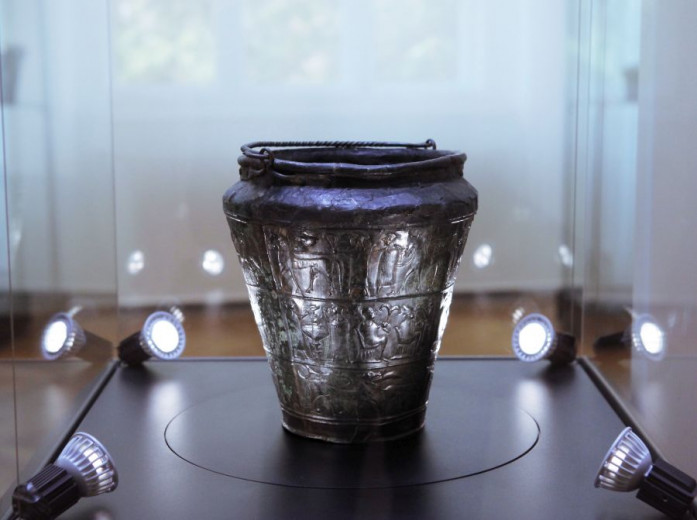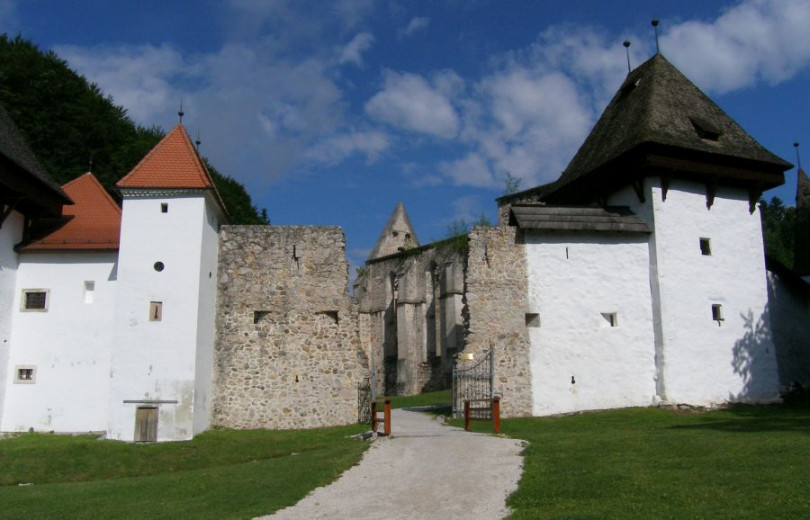Date: 23. March 2020
Time to read: 2 min
Old Slovenian towns and cities, which are proud of their treasures, are connected under the Association of Historical Cities of Slovenia.
The Association of Historical Cities of Slovenia was founded to foster cooperation among like-minded towns, cities, individuals and companies, and its members are well aware that the old, historical centres of such places are both artistic treasures and tourist attractions. We thus strive to maintain everything our ancestors created over the decades, centuries, and even millennia, as this represents an evolving record of their lives, daily work and creativity. All this with one goal – to preserve everything that gives our country its soul.
Each of the historic towns and cities tells its own special story.
A story that is created every day and all year round. Each time you tell the story of a place, the characters and events come to life, be it on a stone-built market or in the dark tunnels below it, in a big castle or small lodge on the outskirts, in a cold attic or dark basement.
You are invited on a journey through 14 historical towns and cities, where stories are poured into adventures, and adventures into precious memories.
Idrija tells a story of mercury ore, which brought international fame to the town centuries ago, with the mine now placed on the UNESCO World Heritage List as a remarkable technical monument.
Kamnik is a town located at the foot of the majestic Kamnik Alps, where the natural and cultural heritage intertwine, and tourists come to enjoy these throughout the year.
Koper is a city boasting a rich history, with some of its greatest treasures and stories dating back to the time of the Venetian Republic, while also offering outstanding food and wines from Istria.
Kostanjevica na Krki is the only city in Slovenia established on a river island, as created by the magical Krka river, and is a place of artists. The Božidar Jakac Gallery is housed here in a picturesque former Cistercian monastery.
Kranj has stories told in verse by the greatest Slovenian poet, France Prešeren. Ancient jewellery and artefacts from Late Antiquity also tell the tale of this settlement, which for thousands of years has been situated between the canyon of two rivers, the Kokra and Sava.
Metlika is a picturesque city, which is a melting pot of cultures, religions and nations. It also has an exceptionally rich history associated with the protection and defence of this area, as the city was the seat of the Habsburg Military Frontier for around 200 years.
Novo mesto is the perhaps most beautiful river city in Slovenia. The local museum houses a remarkable exhibition which tells the story of the late Iron Age, when the city traded with all of Europe.
Piran is a city built on salt pans, and even today visitors can admire the salt production facilities presented as both natural and cultural heritage. Piran is the birthplace of the famous violinist Giuseppe Tartini, to whom the town has dedicated a music festival that takes place every summer.
Ptuj is a place where residents tell stories from the Roman era onwards, and the 1376 city statute testifies that this is one of the oldest cities in Slovenia. The mystical folklore tradition of this area is preserved by "kurents", masked figures who wear sheepskin costumes and chase away evil by dancing at the end of winter.
Radovljica is a medieval town that welcomes visitors with fresco-covered buildings, city walls, the only surviving moat in Slovenia, a museum of beekeeping, and a fantastic chocolate festival.
Slovenske Konjice, located under the mysterious Konjiška gora mountain range and wine growing hills, has a market town design that is a thousand years old, thus helping it to receive many awards as the most beautiful excursion city, and a gold medal at the European Entente Florale competition.
Škofja Loka is the most well-preserved medieval city in the country, and the image of a black African on the local coat-of-arms has inspired many stories. The Škofja Loka Passion Play, the oldest play in the Slovenian language, tells the story of Christ’s suffering, and was placed on the UNESCO List of the Intangible Cultural Heritage due to its unique status.
Tržič used to be a town of shoemakers, but now only the Shoemaker’s Sunday event reminds us of the old traditions. Marshal Radetzky, whose famous march is traditionally played by the Vienna Philharmonic every New Year's Day, also used to live in the town.
Žužemberk, where the mighty Žužemberk Castle rises above the steep cliff above the river, is the venue of annual market-city days. Stories of the castle continue to live on among the locals, and if lucky you may hear some.
Pearl stories
Like pearls are put on a string, we too take the stories from our towns and cities to make a colourful and treasured necklace that tells the tales of historical places.
When inquisitive tourists, regular visitors or random passers-by walk through an old town or city gate, the fairy tale aspects of the historical place come to life, and the story is no longer just a tale, but instead one of the treasures of the area to be cherished.
Such stories can become one of the masterpieces that have survived millennia, still living narratives that were written by time.
"The wealth of our country is therefore unambiguously measured by the beauty of the old city and town centres. With their uniqueness, diversity and originality forged through centuries, they are an important part of the cultural heritage which belongs to each of their territories, as well as their people."
You are thus invited to take a journey through Slovenia, where the Slovenian historical towns and cities welcome you with open arms.






























